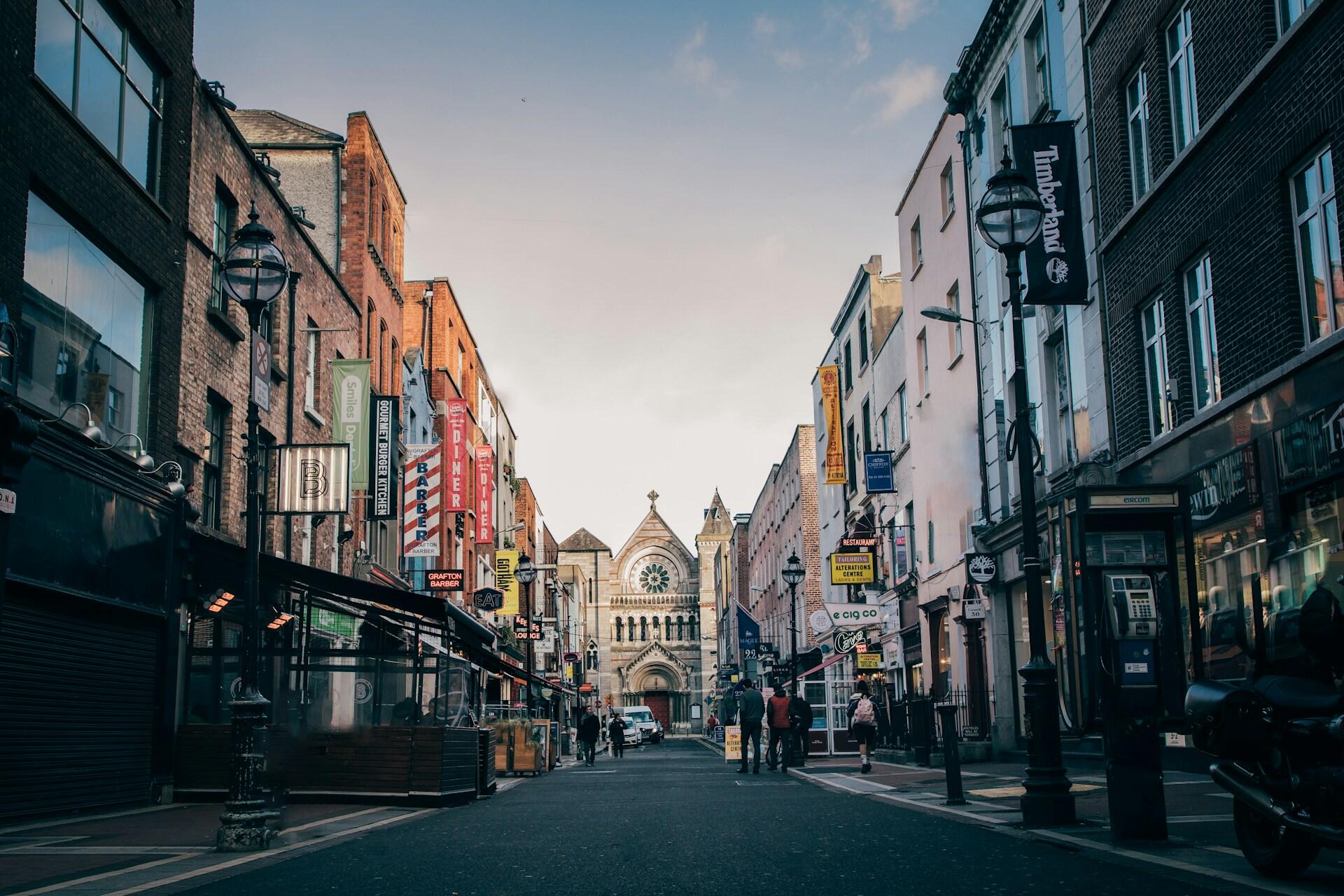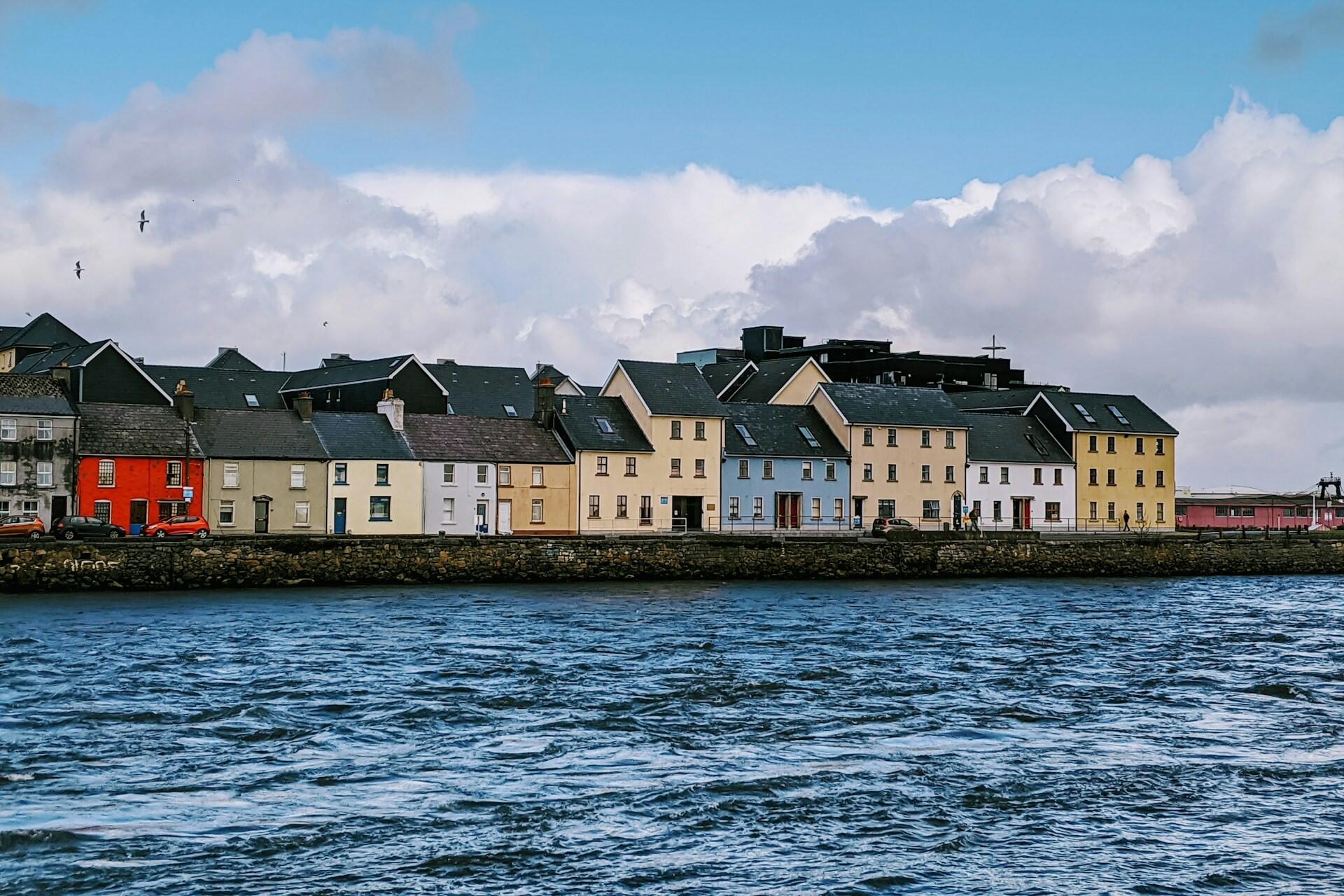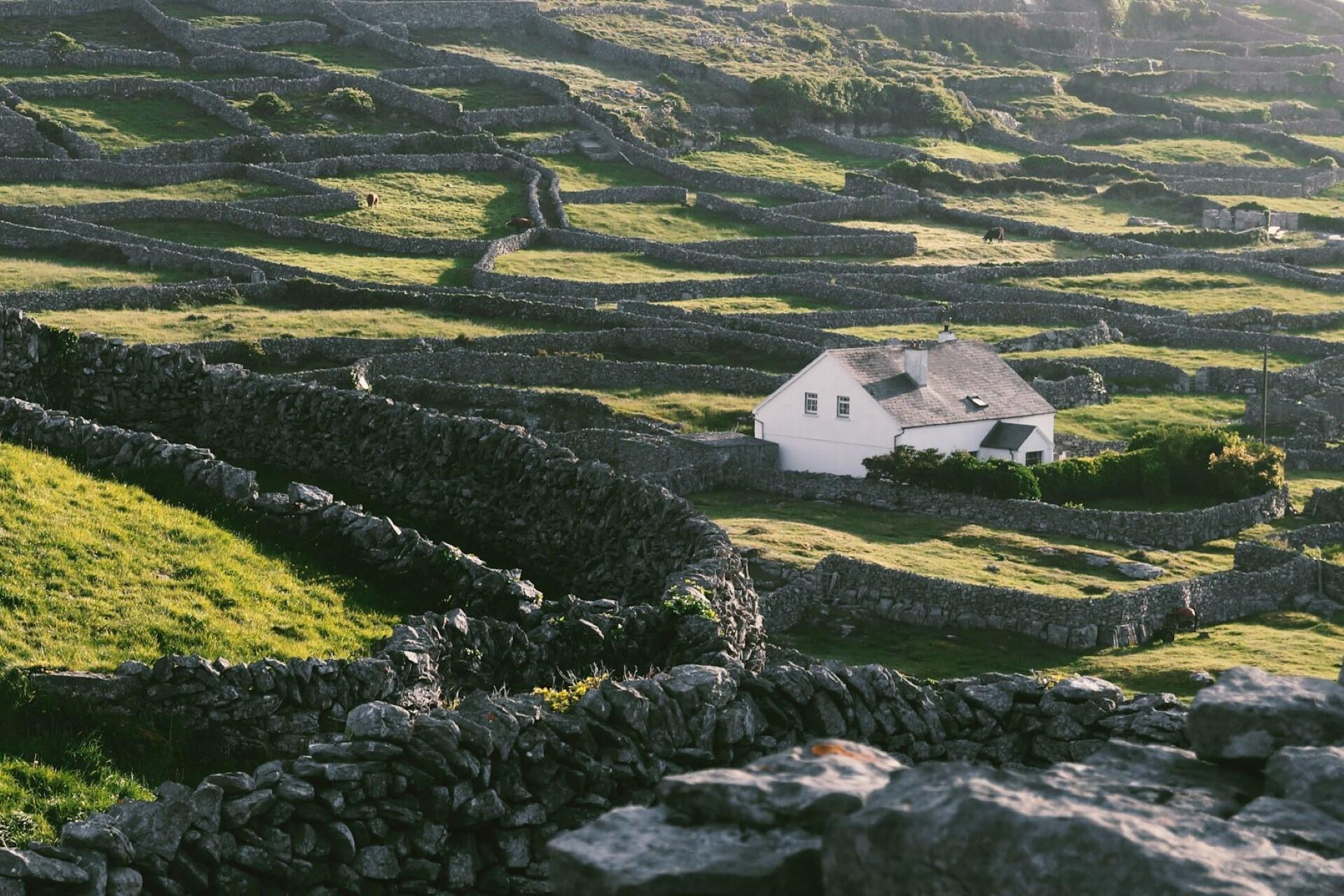Irish English, which is also known as Hiberno English, is more than a dialect. This version of the language reflects Ireland's history, culture, and linguistic revolution.
It includes the lyrical rhythms of Gaelic, the language spoken by the Celts, with the global utility of the English language.
Irish English has a unique charm, colourful expressions, regional accents, and grammatical twists you wouldn't find in a Cambridge textbook.
So how did English, a foreign language, take root in Ireland and blend with a Celtic tongue? What makes Irish English so distinct and how does it differ across Ireland and from other English accents.
Whether you're a linguist curious about dialects, looking to better understand locals or just somebody interested in different noun and verb usage across the English-speaking world, this should be good craic.

A Tale of Two Tongues: The History of English and Irish in Ireland
To understand Irish English, let's go back to the Middle Ages. Our story begins when the English language was brought to Ireland with the Anglo-Norman invasion in the 12th century.
At this time, the whole island spoke predominantly Gaelic, the language of the Celts, and groups of different tribes who originated in parts of Europe, such as Austria and Switzerland.
When the dialect of Middle English spoken by the Anglo-Normans arrived, it existed mostly on the fringes of Irish life, with most people continuing to speak Gaelic. Over the centuries, however, the English language was given more importance, particularly in administrative, legal, and urban contexts, and it gradually became more widespread.
During the Tudor and Stuart reigns, the English language was used as a tool of power in the 16th and 17th centuries. Increased colonialisation imposed English in courts, schools, and official documents.
The Gaelic language was gradually marginalised, particularly in cities and counties directly under British control.
By the 1800s, the shift from Gaelic to English was worsened by tragic events like the Great Famine and the death and mass emigration that followed it. Many Irish people began adopting English for survival and access to work, education, and better opportunities.
However, they didn't just adopt English as it was spoken by the English. They reshaped it, blending it with Gaelic idioms, grammar, and pronunciation, creating their own variant of English that linguists call Hiberno-English.
Within Hiberno-English, you'll find different varieties. Dublin English tends to be crisper than the softer and more lyrical lilt found in West Ireland. In Ulster, the influence of Scots can be heard, and each of these accents and dialects has its own story.

The Irish language (known as Irish Gaelic or Gaelic elsewhere in the world) is the official language of Ireland and is spoken mostly in Gaeltacht (Irish-speaking) areas. Though efforts to revive this language have been relatively successful, English (Irish English, to be precise) remains the dominant language.
Many Irish English expressions ("I'm after doing," "grand," "craic") come directly from Irish (Gaelic) ways of speaking.
Irish vs. English: Not Just a Translation
Despite talking about languages, the nomenclature for this topic isn't particularly helpful.
As a reminder, we have:
- English: The English language in all its forms and variants.
- Irish English: The variant of English spoken in Ireland, also known as Hiberno-English.
- Irish: The Irish language, Irish Gaelic, the Celtic language that evolved from the language spoken by the Celts in Ireland.
English and Irish are both official languages in Ireland, but they have very different roots. The English language is Germanic. However, it's heavily influenced by Latin and French, with an important part of the vocabulary derived from these languages.
Irish (or Irish Gaelic) is part of the Celtic language family. Its grammar and vocabulary are very different from those of English. Although Irish is the first official language under the Irish Constitution, English is more widely spoken.
From politics and business to entertainment and media, English is more predominant in everyday Irish life for most Irish people. However, Irish hasn't disappeared. It is still spoken in Gaeltacht areas, most of them in the west of the country. The language is still taught in Irish schools and is a required subject.

The state and other groups have supported efforts to revive the language through education, the arts, and media.
When you try to translate between English and Irish, you'll start to see how different these languages are. The structures are so different that you must start thinking differently to fully understand them.
If you're learning Irish (not Irish English), it certainly helps to look for useful resources like a dictionary or a language app.

Irish English: A Dialect with a Difference
Now, back to the Irish variant of English, Irish English. Hiberno-English, as it's known by linguists, isn't a single accent or way of speaking. This refers to a group of dialects with a similar history, Gaelic-influenced grammar, and centuries of cultural exchange.

Remember that Irish English isn't the same in Dublin, County Kerry, or Ulster. Each of these places and the people living in them have unique histories, which have set their speech patterns on their own paths.
Some regional accents will exhibit a more pronounced Gaelic influence in certain areas, with syntax and expressions more closely aligned with Irish. Other regional accents may be closer linguistically to English elsewhere in the world, but they'll still have an unmistakably Irish rhythm.
| Standard English | Irish English Equivalent | Notes / Usage Tip |
|---|---|---|
| "How are you?" | "How’s the form?" / "What’s the story?" | Casual greetings |
| "Boy" / "Man" | "Lad" / "Fella" | Friendly reference to a male |
| "I'm fine" | "Grand" | Means fine/okay/good |
| "Very good" | "Deadly" | Means excellent/awesome |
| "What's going on?" | "What's the craic?" | Asking for news or fun updates |
| "To scold" | "To give out" | To complain or rebuke |
| "I have just done..." | "I'm after doing..." | Recent past action |
Sounding Irish: Pronunciation and Expressions
Irish English comes alive with its unique accent, cadence, and character. It has its own vocabulary and unique rhythm.
“A” sounds like “ah” or “aw” (e.g., cat → caht)
“Th” becomes “t” or “d” (e.g., think → tink, that → dat)
“T” can sound like “ch” in some cases (tube → choob)
“G” at the end of a word is often dropped (walking → walkin’)
“I” may shift to “oi” (e.g., Ireland → Oireland)
Accents Across Ireland
Dublin's accent isn't the same as that of the north or west. In Ulster, the influence of Scots English has resulted in an intonation that's punchier and clipped.
Southern and Western accents tend to be softer and more drawn out. For those learning the language, the middle and western accents tend to be more accessible simply because the vowel sounds are rounder and words tend to be articulated more clearly.
Common Pronunciation Shifts in Irish English
These examples are written from the perspective of British and American English to give you an idea. If you speak with an Irish English accent, these shifts won't be necessary.
- “Th” sounds → become “t” or “d”
- Think → tink, That → dat
- “T” after vowels → becomes “ch”
- Tube → choob, Tuesday → Chooseday
- “A” vowels → shift to “aw” or “ah”
- Path → pahth, Glass → glahss
- “R”s → more clearly rolled or present than in British English
- End “g”s → often dropped
- Walking → walkin’, Morning → mornin’
Idiomatic Expressions You’ll Hear in Ireland
Here are a few words and phrases that may leave English learners doing a double take.
- Grand - Everything’s fine / okay
- What’s the craic? - What’s up? Any news? (Craic = fun/chat)
- Give out - To scold or complain
- I’m after doing - I just did something
- Deadly - Awesome / very good
Learn Irish English: Your Tools and Resources
If you're interested in learning Irish English, you'll need to immerse yourself in the language, culture, and daily routines of Irish English speakers.
Luckily, there are plenty of ways to dive in and even simulate these.
Read the Irish Masters
For a literary look into Hiberno-English, you could explore writers like James Joyce, Samuel Beckett, and Oscar Wilde. These writers all use regional speech, idioms, and rhythms reflective of Irish English.
You can find their books at any good bookshop, online, or even in digital versions for e-readers.

Media, Music, and Podcasts
You can experience Irish English through media, music, and podcasts. You could watch TV shows from RTÉ, listen to radio broadcasts, or even find Irish creators on YouTube.
Podcasts with Irish hosts from different counties are also a good way to start hearing the variants across Ireland.
A fun and silly video comparing Irish accents.
Use Technology to Your Advantage
Nowadays, you can use tech to help you study a language. Websites like Reverso and Linguee offer translations of Irish English in context. WordReference and online dictionaries are also helpful for translations.
In the same way you'd use Australian resources to study Australian English, look to specifically-Irish resources to better understand Irish English.
As you explore more of Irish English, we'd recommend getting a good dictionary, which can be a great help. There are unique words and phrases used in Irish English, especially in Ulster and the areas influenced by scots.
Many of these won't translate directly into English and nor will the vocabulary used in the west, the middle regions, or many different variants. Look for the words in use.
Learn with a Native Tutor
If you'd like to learn Irish English, look for an English tutor on the Superprof website.
With many tutors offering the first session for free, you can try a few different Irish English tutors to find out which dialect and accent works for you.















